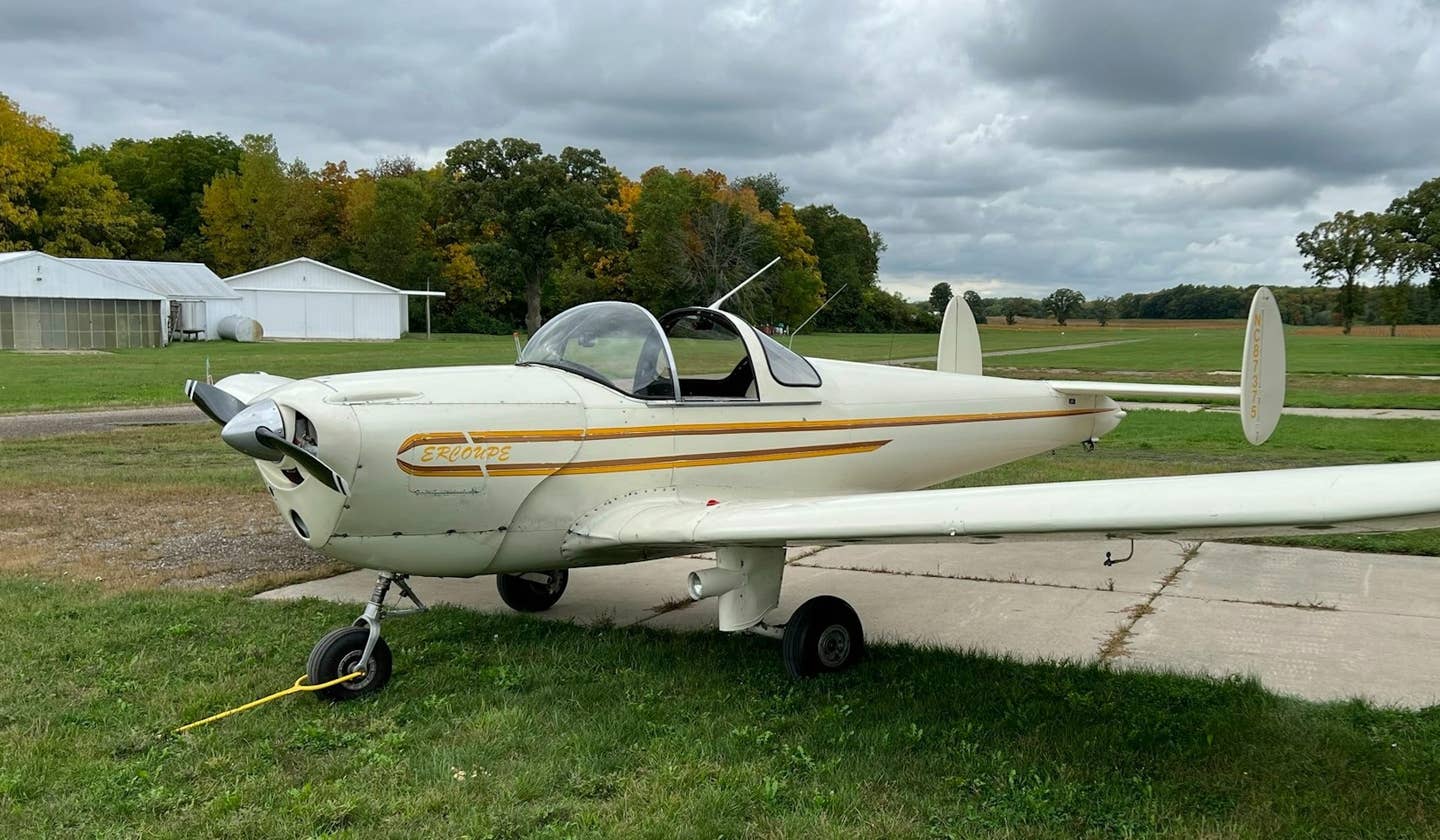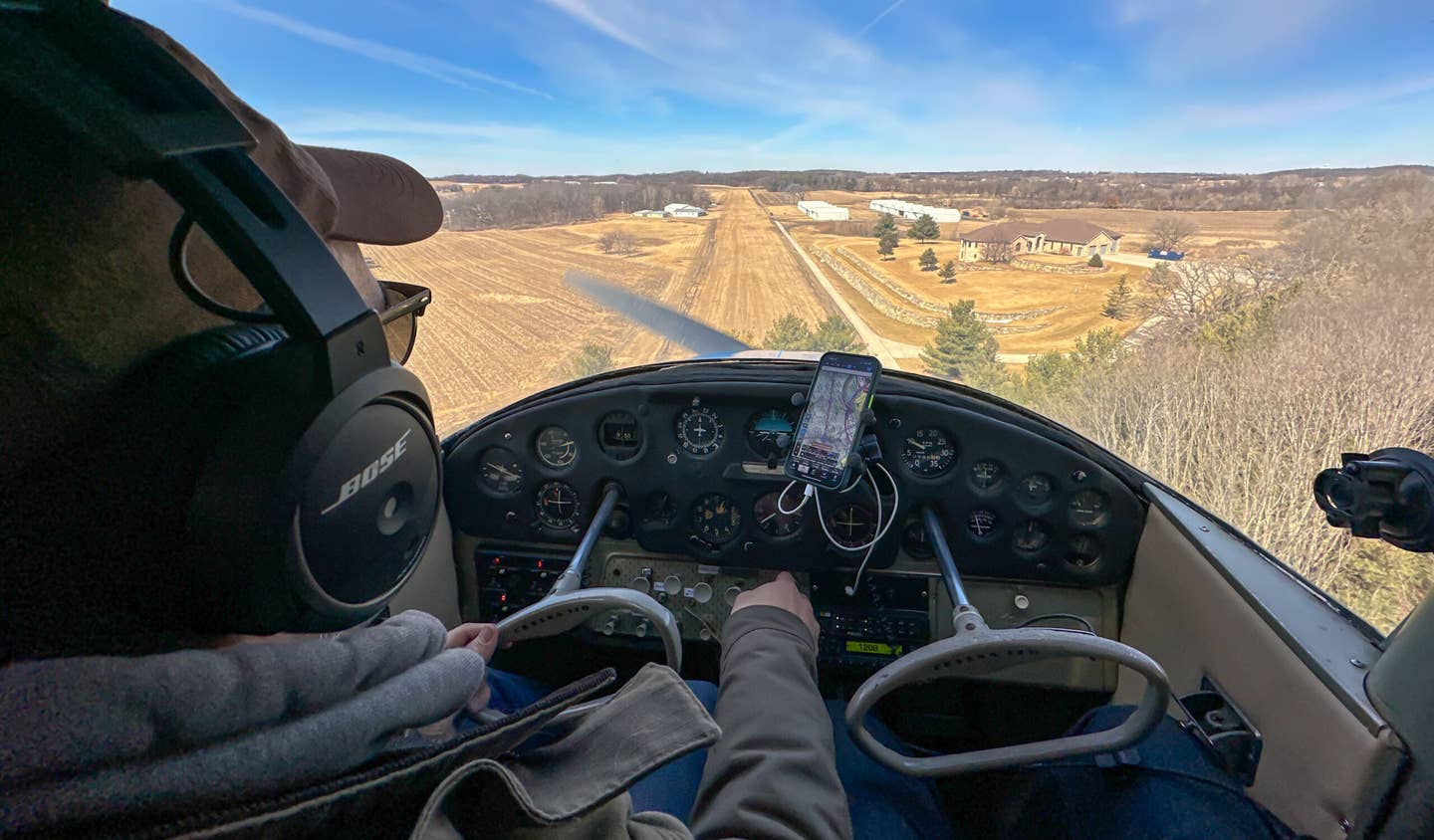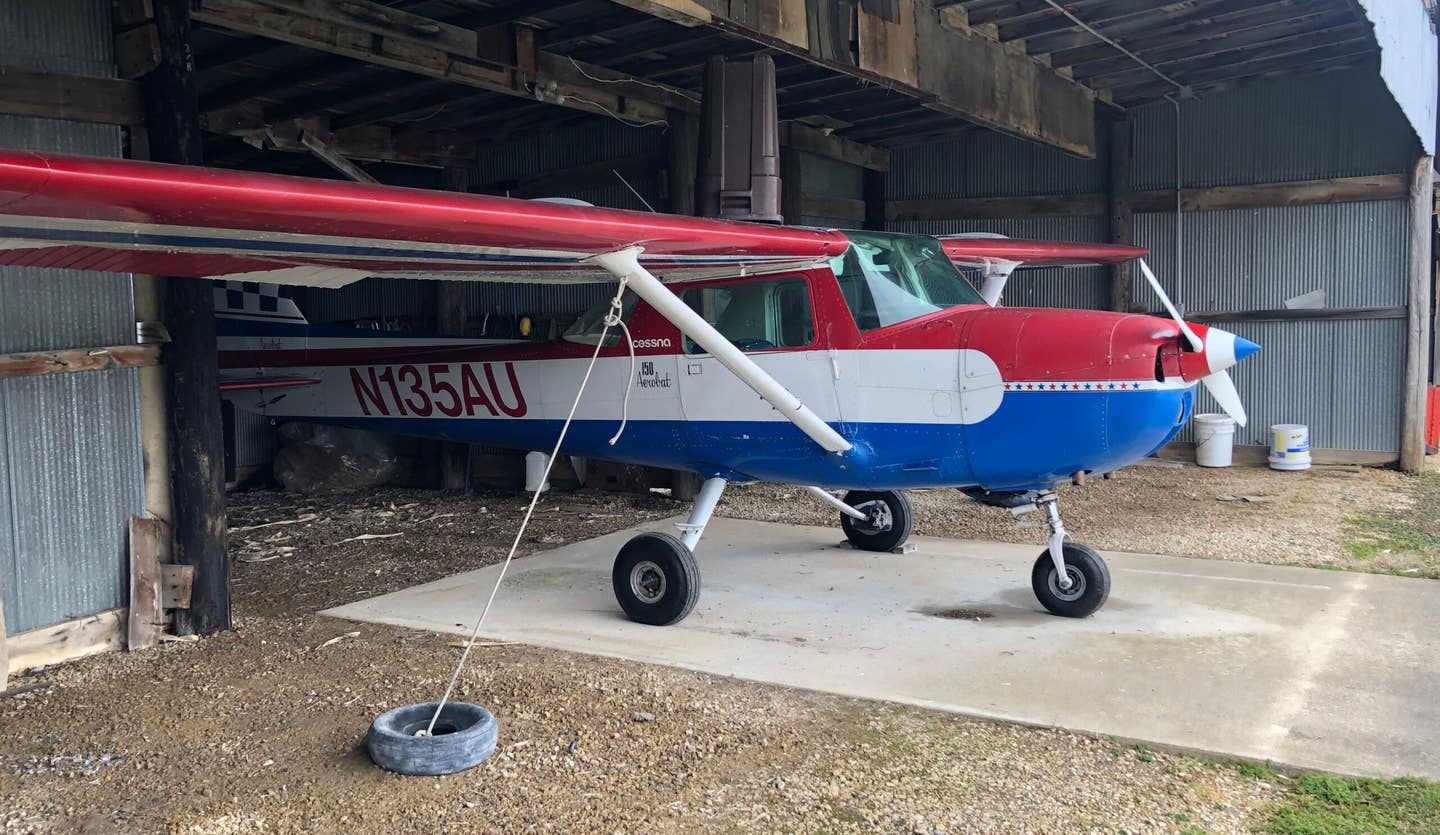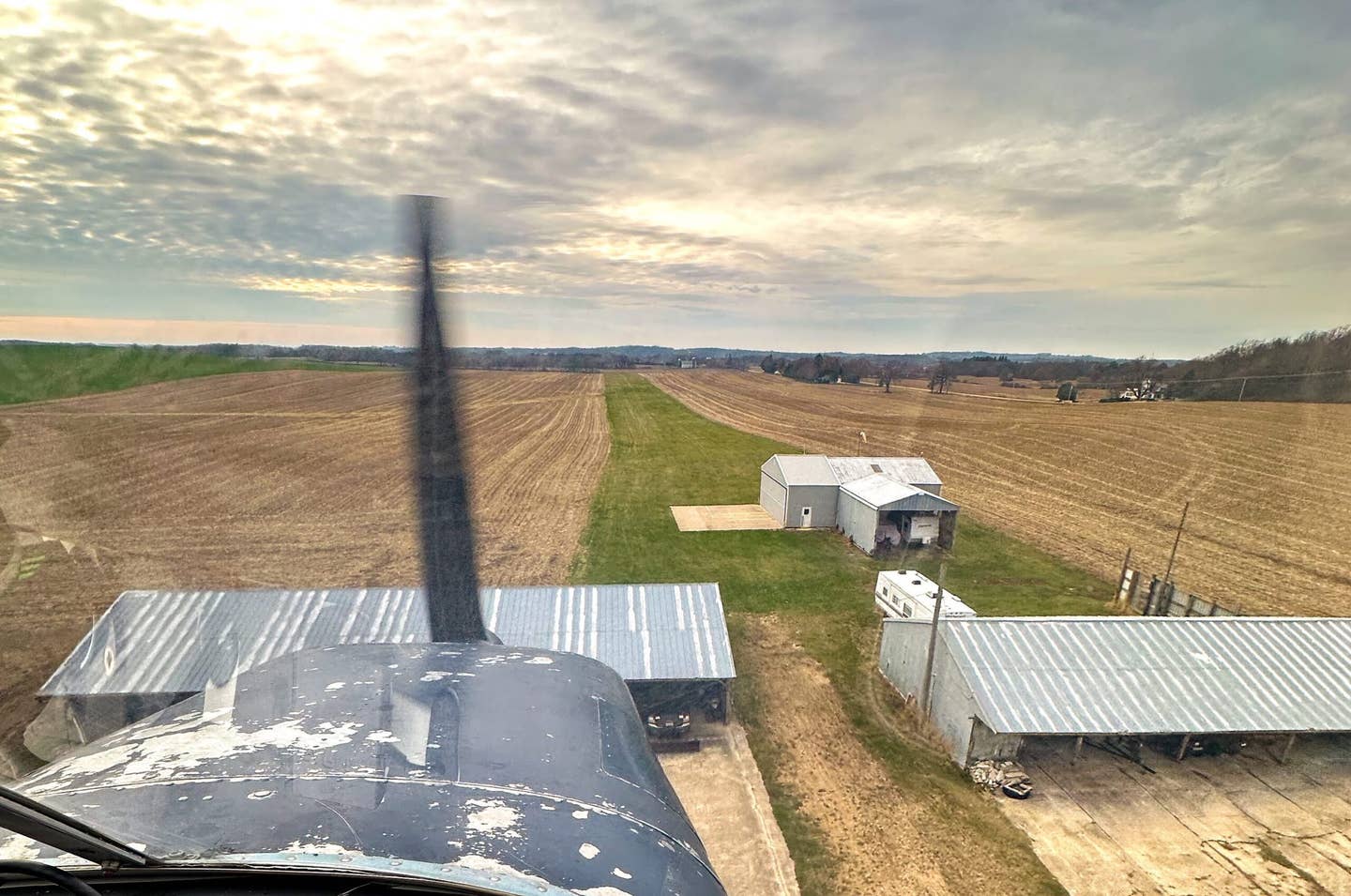Boosting Thrust Without Breaking the Bank
If an engine upgrade is out of the question, a seaplane prop can be a cost-effective way to achieve more power on takeoff and climb.
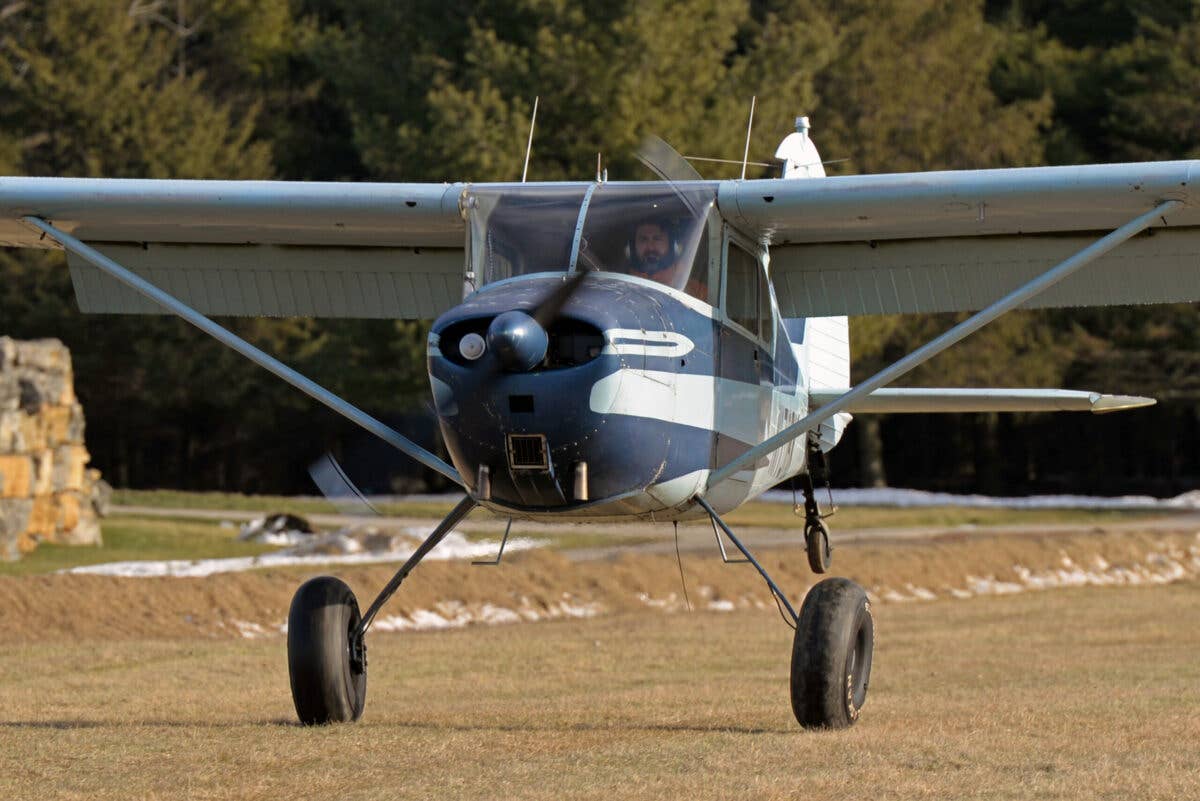
Photographer Jim Stevenson evaluates the new prop, comparing the performance to his 180-horsepower Cessna 170B. [Credit: Jason McDowell]
When it comes to aircraft modifications, the return on investment runs the gamut. Some items like shoulder harnesses, ADS-B, and good sun visors are no-brainers that provide huge returns. Other items like customized interiors and elaborate paint jobs perhaps fall toward the other end of the spectrum for me.
Since I purchased my airplane in 2021, I’ve been carefully choosing upgrades to address its most glaring shortcomings. Throughout this process, I freely acknowledge the indisputable fact that the weakest point of the entire system is the shortcoming found in the left seat. Indeed, for me to suggest that anything else is more in need of improvement is akin to Steven Seagal suggesting that the casts of The Shawshank Redemption or Citizen Kane should take some acting classes.
Nevertheless, it’s fun to calibrate one’s airplane to their liking through modifications. For the more technically-minded, even a certified airplane is a blank canvas to tweak and improve. It becomes a question of what sort of flying experience you’re after and then what modifications will help you to achieve that experience in the most cost-effective manner.
For me, one of the most concerning parts of many flights has always been the takeoff. Particularly on shorter strips and on hot days, departure-end obstacles have always loomed large. Equipped with a relatively anemic 145 hp engine and a propeller that has flown for around 4,000 hours without an overhaul, one of my biggest goals was to make takeoffs from shorter strips more fun than concerning.
The first step was to evaluate all my available options. The most obvious was also the most expensive—an engine upgrade. Continental and Lycoming both offer fire-breathing alternatives to my 170’s stock engine, ranging from 180 to 210 hp. When combined with a constant-speed propeller, they produce enough thrust to throw your head back upon brake release and transform those departure-end obstacles from objects of doom to laughable runway decorations.
This intoxicating power comes at quite a cost, however. After including the engine, the mounting kit, the STC, the propeller, and labor to install it all, the total bill for the modification can exceed $80,000. And while it completely transforms the airplane, a price tag like that is enough to make you consider dealing with those departure-end obstacles in a more cost-effective manner, perhaps with a chainsaw under cover of darkness. So a new engine was off the table from the get-go.
Depending on the aircraft, bolt-on options might be available to increase horsepower. Power Flow Systems sells exhaust systems that increase horsepower for a minimal investment. A company called Airworx out of Alabama is currently testing a set of high-compression pistons for the Continental O-300 that they predict will increase horsepower from 145 to 180. Unfortunately, neither of these options is available for my engine at this time.
Finally, it occurred to me that there was another option—a larger-diameter, flatter-pitch McCauley propeller known as a “seaplane prop” owing to its popularity with floatplane operators who demand additional thrust for takeoff. With my aircraft/engine combination, I could simply order one of these and trade cruise speed for takeoff and climb thrust. And installation was as easy as unbolting the old prop and bolting the new one on.
The term “seaplane prop” generally refers to the fixed-pitch 1A175/DM 80/42 propeller, and those last two numbers are the most noteworthy. In this case, the 80 refers to the propeller’s diameter in inches, and the 42 refers to the number of inches the propeller would move forward in one revolution if it were in a solid medium like wood, with no aerodynamic slip. Compared with my stock 76/53 prop, the seaplane prop would move a greater volume of air, and the flatter pitch would enable the engine to achieve higher static rpm and thus, more power on takeoff and climb.
As I tend to prefer bopping around from one airport to another while staying close to home over long-distance traveling, the resulting loss of cruise speed seemed inconsequential to me. And the list price of around $5,700 was a fraction of an engine conversion. If my existing prop was long enough in the tooth for me to consider replacement, why not switch to a prop more suited to the flying I was doing?
In my case, I had built a good working relationship via social media with the people at McCauley and Textron Aviation, and they agreed to provide me with a prop in exchange for regular feedback and features on a platform separate from FLYING. My writing here was not included in the agreement, so I’m able to freely discuss its pros and cons here in greater depth and detail.
Upon receiving the prop, I called my mechanic and arranged a time for him to drive to my hangar for the installation. The installation took him less than one hour. Just like that, I’d unlocked additional thrust from my engine.
My first takeoff was absurd. While I wasn’t able to produce exact measurements, I estimate the tail came up in half the distance as usual—perhaps 50 or 60 feet—and I lifted off in perhaps two-thirds my typical distance. Partial fuel and frigid temperatures produced a climb rate of roughly 1,500 to 1,700 feet per minute on the upwind and crosswind legs, which was nearly twice what I was used to seeing.
This performance took me by surprise. I reached 500 feet agl about a third of a mile sooner than usual, and I reached pattern altitude as I was turning from crosswind to downwind rather than at midfield. When I reduced power abeam the numbers and reached over to add the first notch of flaps, I realized that the climb performance was such an improvement, I had forgotten to raise the flaps after takeoff and had been happily trundling along downwind with two notches extended the entire time.
Subsequent takeoffs were similarly enjoyable, and I felt like I had a new airplane. When I took a 220-pound friend up for a ride a few weeks later, the resulting takeoff and climb performance seemed on par with that of my old prop and no passengers. So it seemed as though the upgrade produced a performance gain roughly equivalent to having a 220-pound dude hop out of the airplane.
Surely, I thought, there must be some serious downsides to the propeller. What might they be?
Some might consider the cost to be a downside. At nearly $6,000, the price isn’t exactly pocket change. But as an upgrade, one could sell their used prop to nicely offset the cost by at least $1,500 to $2,000 if it’s in decent shape.
Another potential downside is the slightly reduced ground clearance. While three inches isn’t a huge amount, it can be a concern with small tires on a taildragger or when installed on a tricycle-gear airplane and operated on rougher, uneven surfaces. In both cases, a switch to larger tires can reduce or eliminate the concern.
On an entirely superficial level, I do miss the mirror-like finish on my old polished prop. It lent a vintage, retro look to my 1953 airplane that has been lost with the new matte black prop. But I suppose I can always have it stripped and polished in the future.
The most potentially significant downside is the reduction in cruise speed. I haven’t evaluated it for long enough to have produced entirely accurate numbers, but it initially appears as though my cruise speed has dropped from roughly 110 to 115 mph down to 95 to 100 mph. Add a headwind to the equation, and the ensuing 75 or 80 mph groundspeeds will become pretty tedious. But I anticipated and accepted this tradeoff going into it.
Ultimately, I’ve found that the propeller has instantly unlocked fantastic takeoff and climb performance with a significant but acceptable reduction in cruise speed. It doesn’t feel on par with a 180-hp engine upgrade, but it easily feels like I’ve got an additional 10 or 15 horsepower on tap. And most important, it has erased much of the trepidation I’ve had at some of the shorter strips around and has given me more confidence to clear departure-end obstacles with room to spare.
Provided an aircraft owner is willing to sacrifice some top-end cruise speed, I recommend the propeller highly. McCauley manufactures the 80/42 prop for all Cessna 170 models as well as all 172 models up to and including the P. It is also approved for the Aeronca Sedan, Challenger, Citabria, and Scout as well as the Piper PA-18-135 Super Cub and all 56 examples of the Jodel D.140B Mousquetaire II ever built.

Sign-up for newsletters & special offers!
Get the latest FLYING stories & special offers delivered directly to your inbox

